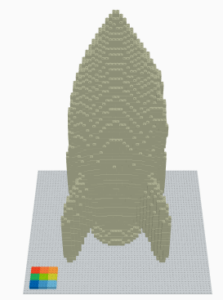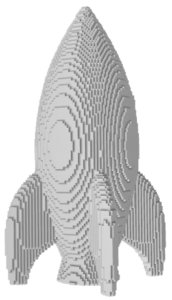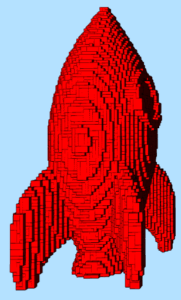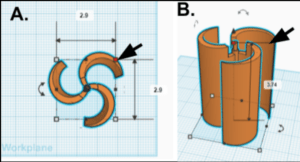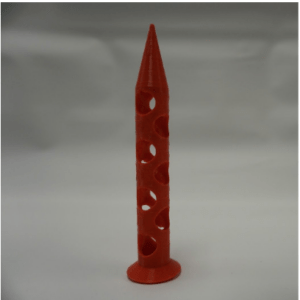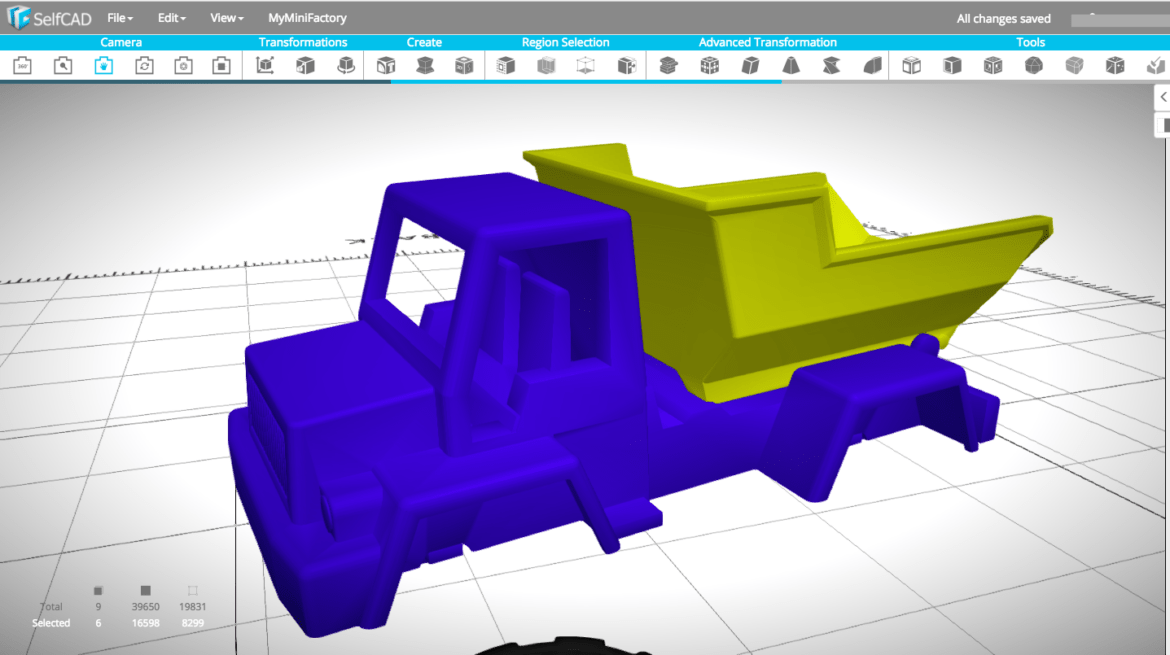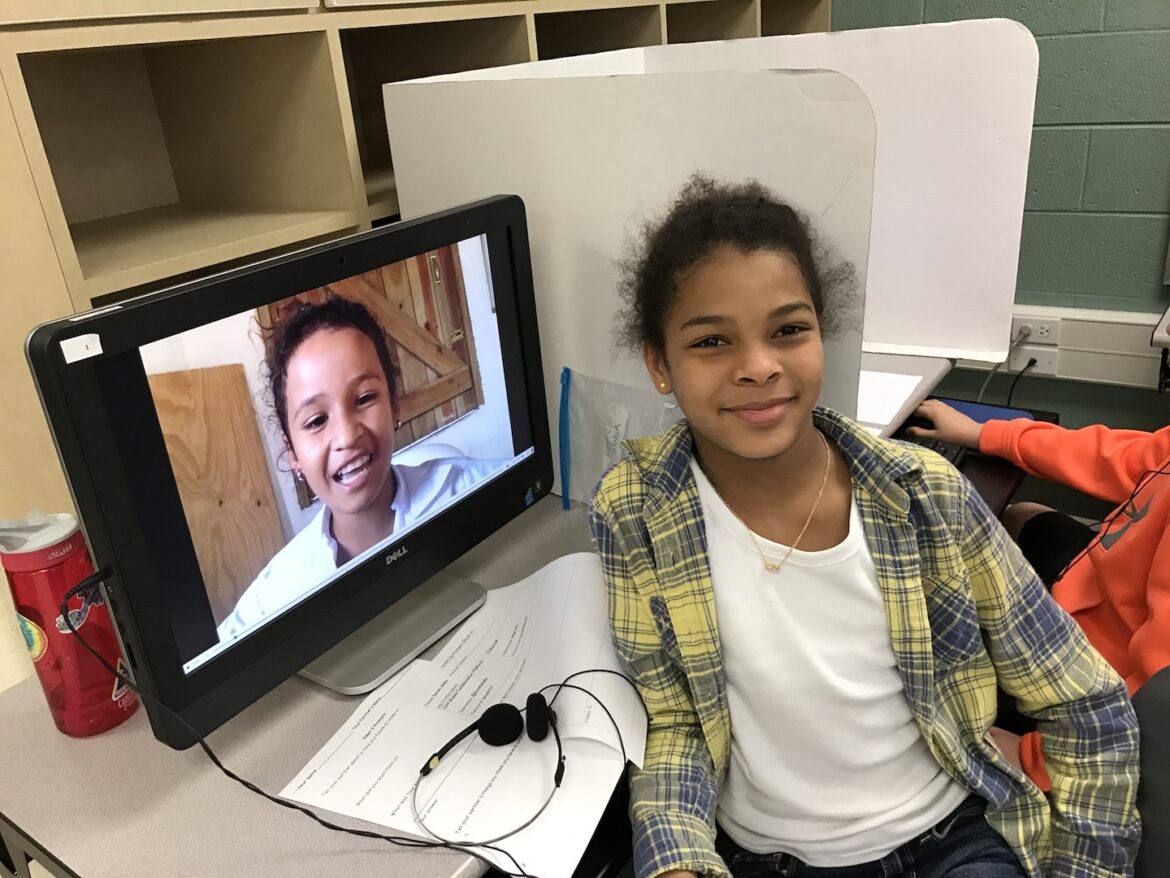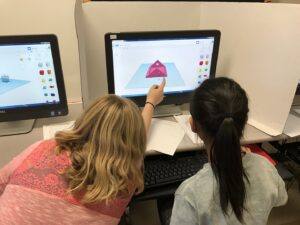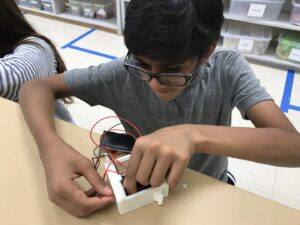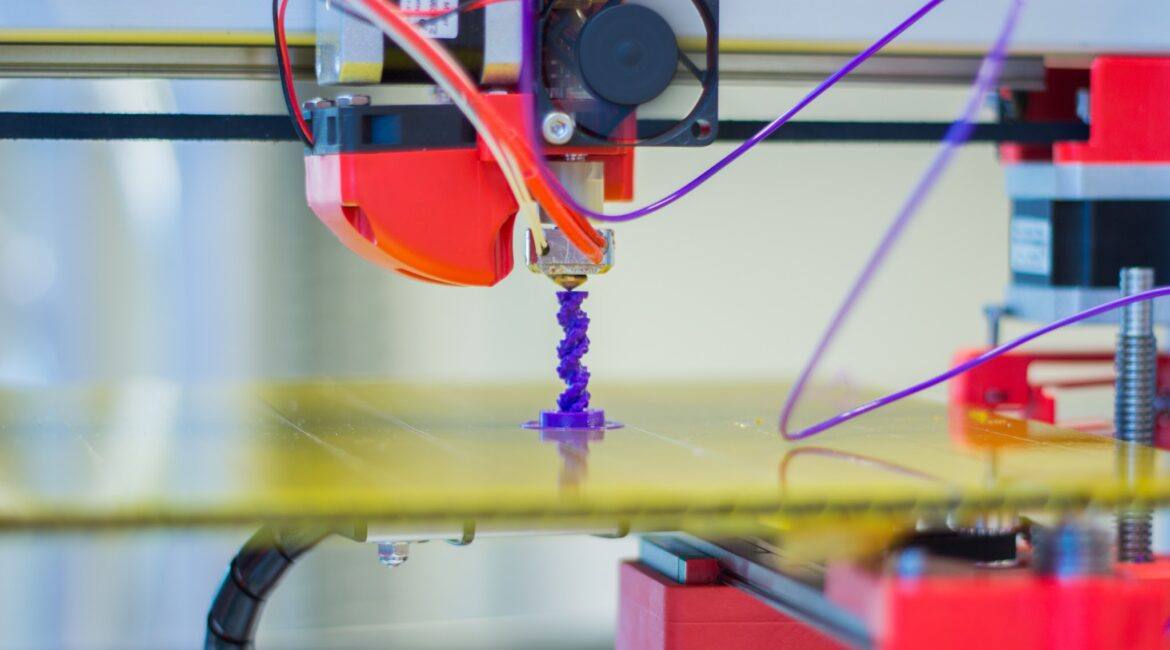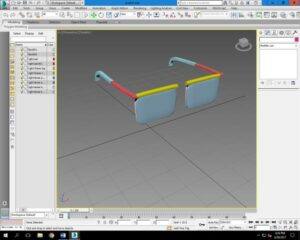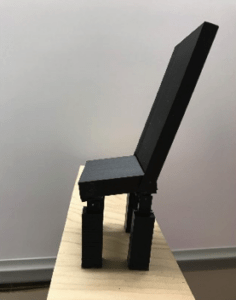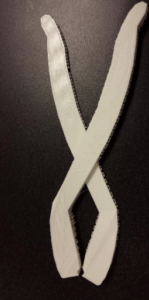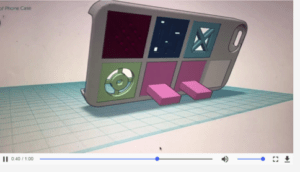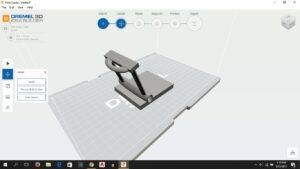In March, TCEA made the difficult decision to cancel its 2020 State Computer Science and Robotics contests and turn its 3D Design Contest into a virtual event in response to the threats and challenges posed by the COVID-19 pandemic.
Those challenges, however, were faced head-on by the students and sponsors at Archbishop Molloy High School in Queens, New York, and Brazoswood High School near the Gulf Coast of Texas, each team collaborating remotely to put in the educational work required for the contest, all amongst changing schedules and changing lives. While the changes in teaching kept many schools from submitting to the competition, these two teams stayed the course and completed their projects.
“3D design is really great,” says Molloy sponsor Edit Boral. “It integrates so many skills: artistic skills, math and statistics, engineering skills. And this competition was extremely good because we developed team-building skills also.”
The 3D Design Contest
TCEA’s 3D Design Contest is designed to promote STEAM thinking. Teams develop and design an invention to solve a real-world problem, using the Engineering Design Process and 3D modeling software to research, design, and promote a solution.
This year, teams were posed the challenge of the 2019-20 Australian wildfires and charged with “designing something to help meet a need or solve a problem associated with wildfires,” whether a completely new product or an improvement to an existing one.
For this years’ teams, the project began before schools were physically shut down. Molloy sophomore Amir, the team’s leader, describes a daily process of meeting to develop the team’s design. “We would brainstorm, we would review yesterday’s research, and we would split up our work evenly, depending on who needed to do what.”
“We worked to our strengths,” adds ninth-grade student Charles, the lead designer for the Molloy team. “So we all worked to our abilities and made a good team.”
The Solutions
“We went through a couple iterations of the design,” Charles says of their idea to build a robot to fight fires. After considering the potential pitfalls of vehicles shaped like cubes or tanks, they took inspiration from the snowcat all-terrain vehicles used in frigid and harsh environments. Then they went further, considering ways to create an autonomous vehicle to reduce danger to machine operators and firefighters.
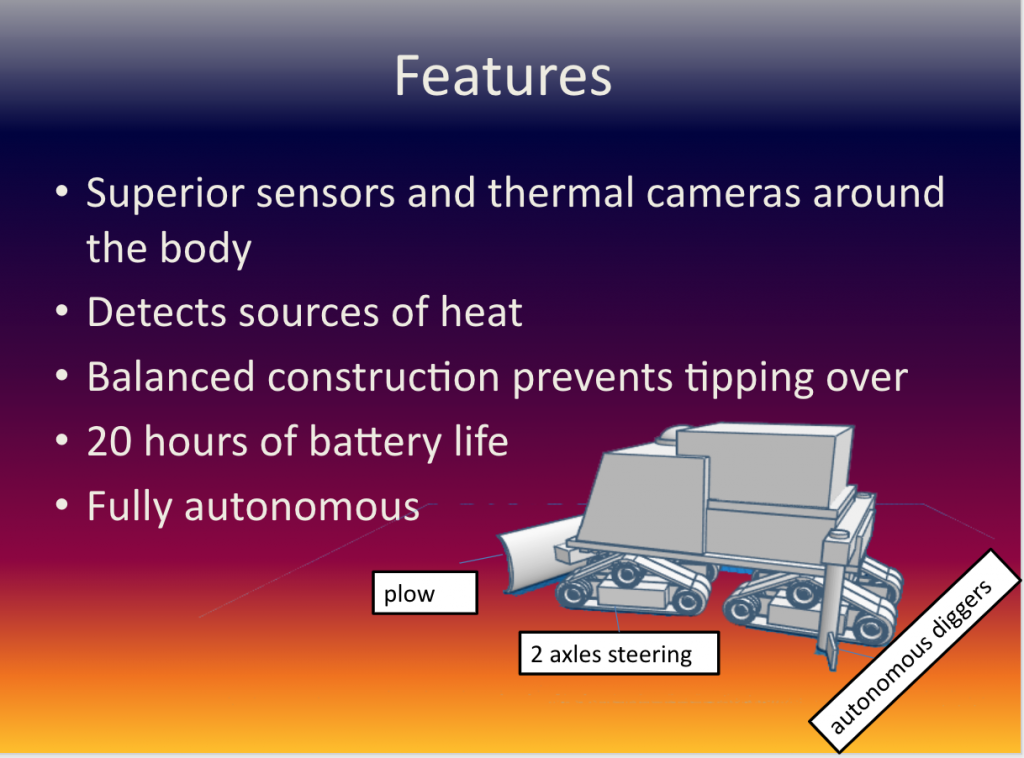
Their final creation, the Zeus, has two independent tracks for locomotion, and is designed to clear combustible vegetation, dig firebreaks, and create defensible space, all without an onboard driver.
At Brazoswood, Brad Whitehead’s engineering students dug in with gusto. “The first day, we got together,” Whitehead says, “and we probably brainstormed 40 or 50 ideas.” They picked the top three to investigate further. One was a sensor that could attach to trees and detect favorable fire conditions, with many sensors connecting through a wireless network. They also considered designing improved face masks to protect nearby human populations from smoke inhalation, but found that safety concerns in designing such a product difficult to navigate.
Another idea was a tree house designed to create bird habitats in deforested areas, specifically for the unique fauna of Australia. They followed this path after finding out the the sensor network idea was a real-world proposal.
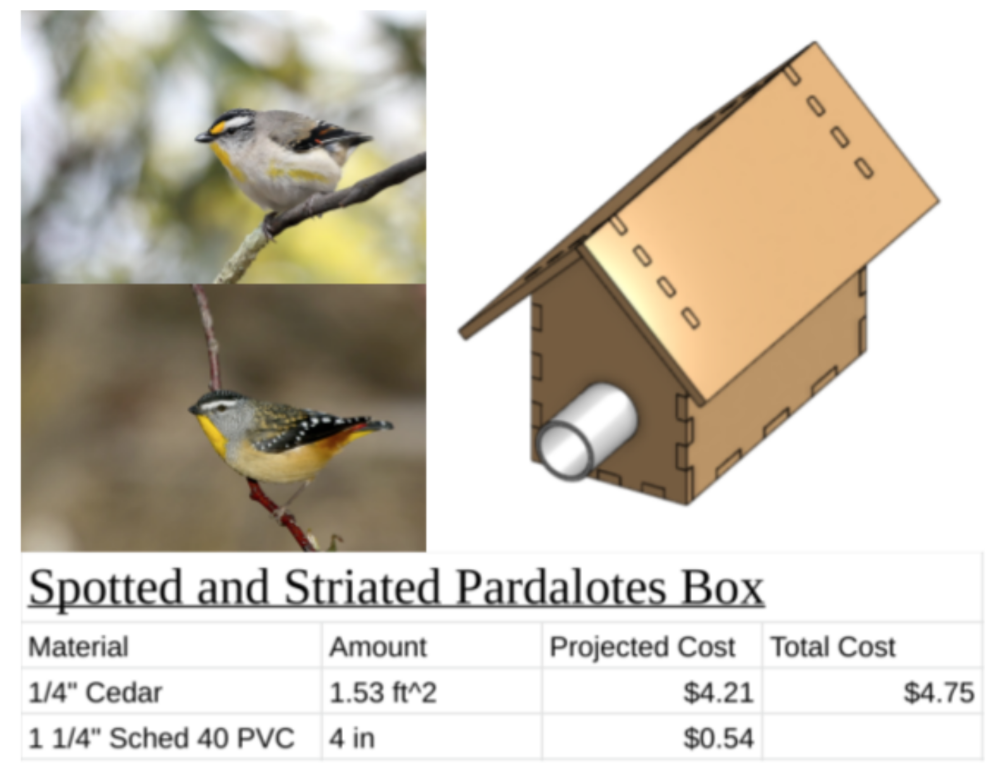
“There was an existing product that was almost identical to what we were thinking.” Proof of a good idea, perhaps, but Whitehead’s student chose to develop a novel product, the custom birdhouse.
Brazoswood’s Bird Boxes were designed to house seven common Australian bird species. The designs could be downloaded as files for computerized routers or cutters, allowing individuals to make their own with minimal supplies (a single sheet of plywood and zip ties will work) and easy upkeep.
Lessons Learned
But during the contest, the world changed. Schools closed, schedules flipped, and in New York especially, people were getting sick.
“On March 12, when we went home and started distance learning, it was a real shock, being in New York City,” Boral says. Family members and colleagues were sick, even hospitalized. “It was emotionally very hard for us to adjust.”
“It was kind of hard at first,” says Xavier, a member of the Molloy team. “We were used to seeing each other face-to-face in the classroom.” But they found their rhythm, he says. “It wasn’t that bad after awhile.”
Both teams had organized online even before closures, and could keep tracking their work in learning management systems, by email, and even by text message. And soon, they found themselves excited to have a project to focus on.
Finding Focus
“It was a nice escape, for me at least,” Charles says. “If I’m stressed by work or school, or what’s going on, it’s nice to just sit down and focus on one thing for an hour or two.
“In the midst of all these changes, the one stable thing we had was this competition, which we’d been working on for a while” adds Samantha.
Each team dove into the design process, brought to bear their STEAM skills, and completed their doubly challenging tasks. And they learned even more beyond that, as the world continued to change around them.
Things were different for the Brazoswood team, as local precautions and ordinances were different from those in New York, where the virus has hit hardest in the U.S. Still, the contest gave Whitehead’s students a chance to stay connected during a sudden isolation.
Amir says he hadn’t always enjoyed working with other students. “But when it came down to this project,” he says, “I found out that working with other student is quite a pleasant experience. And when they’re your friends, it’s even better.”
“And they did it,” Boral says. “They’re amazing.”

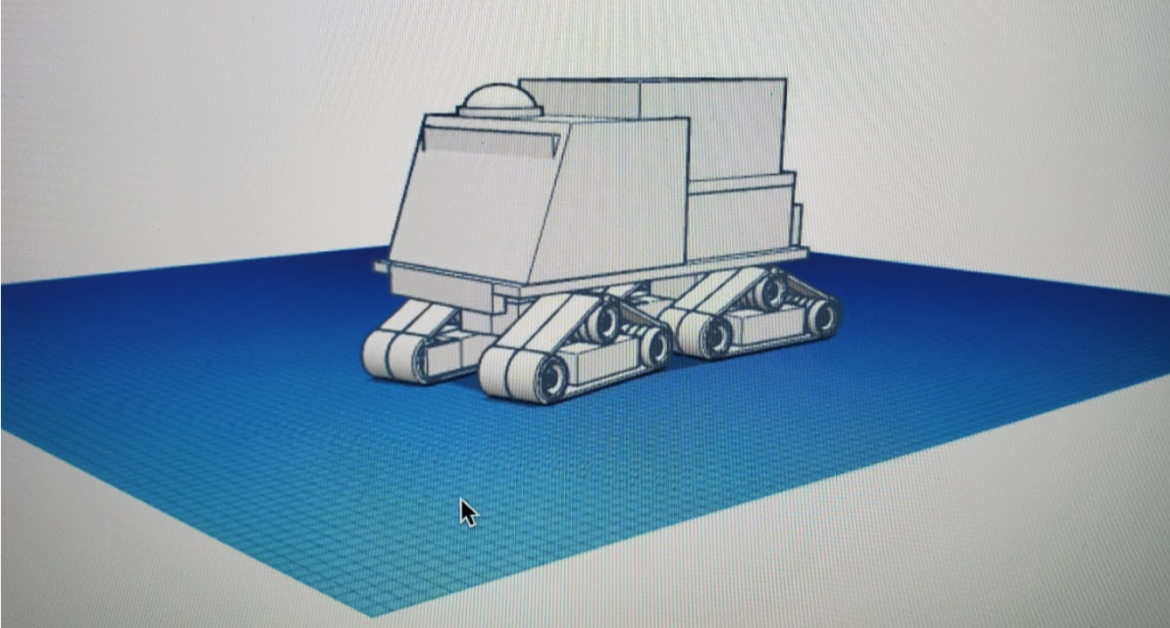
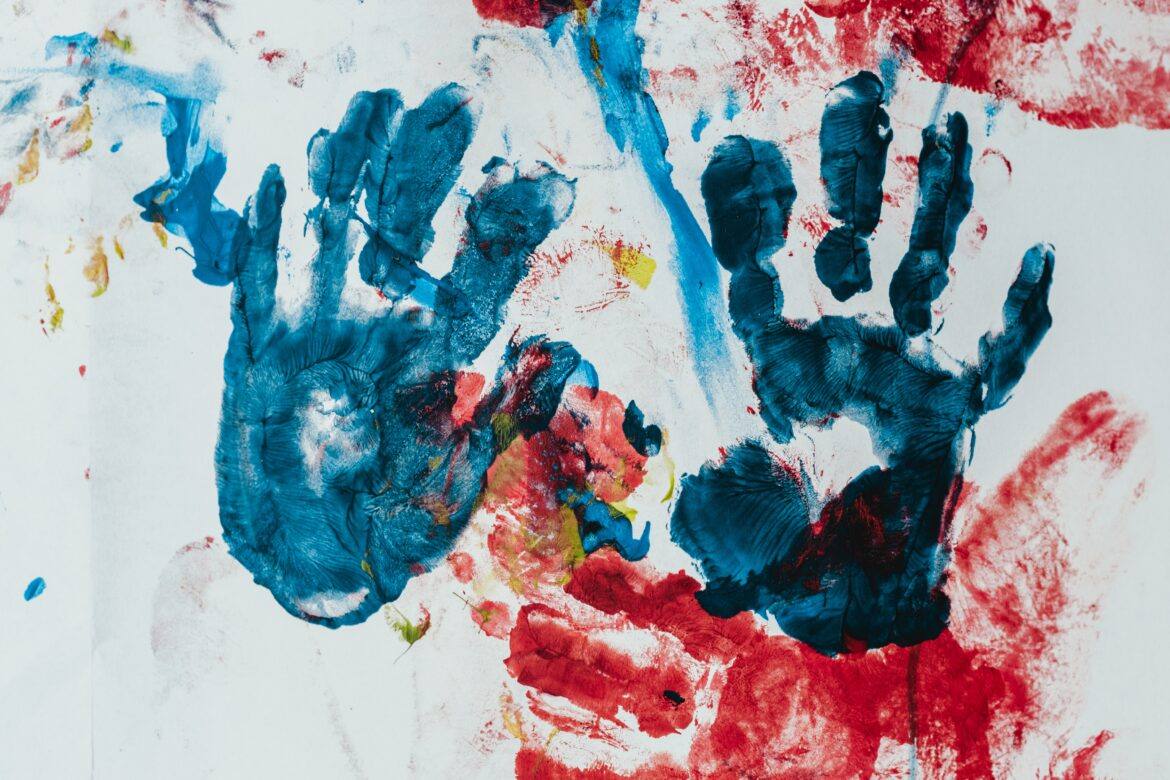
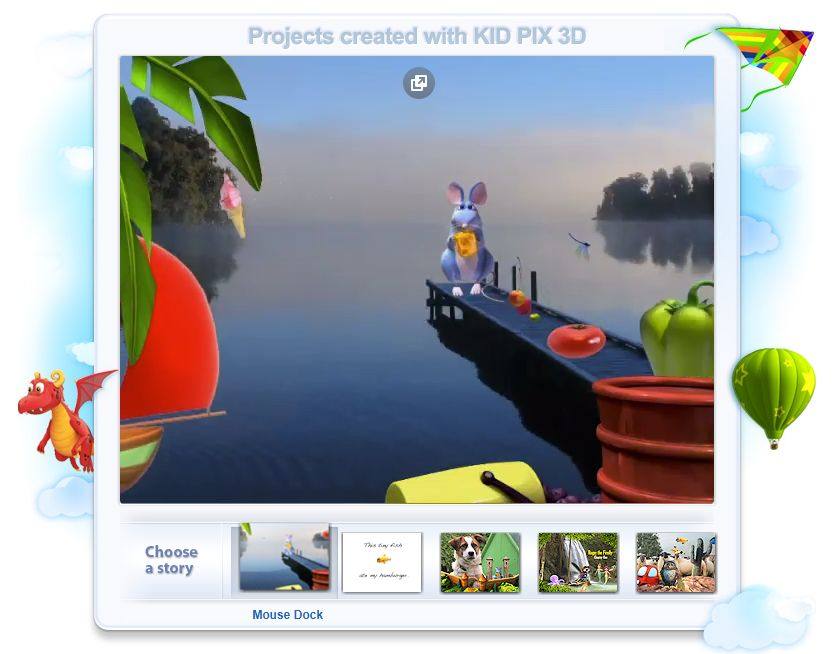
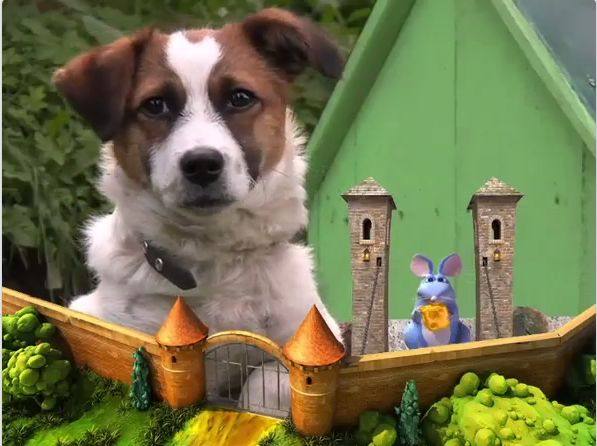
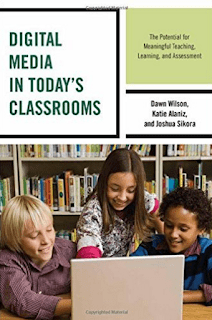
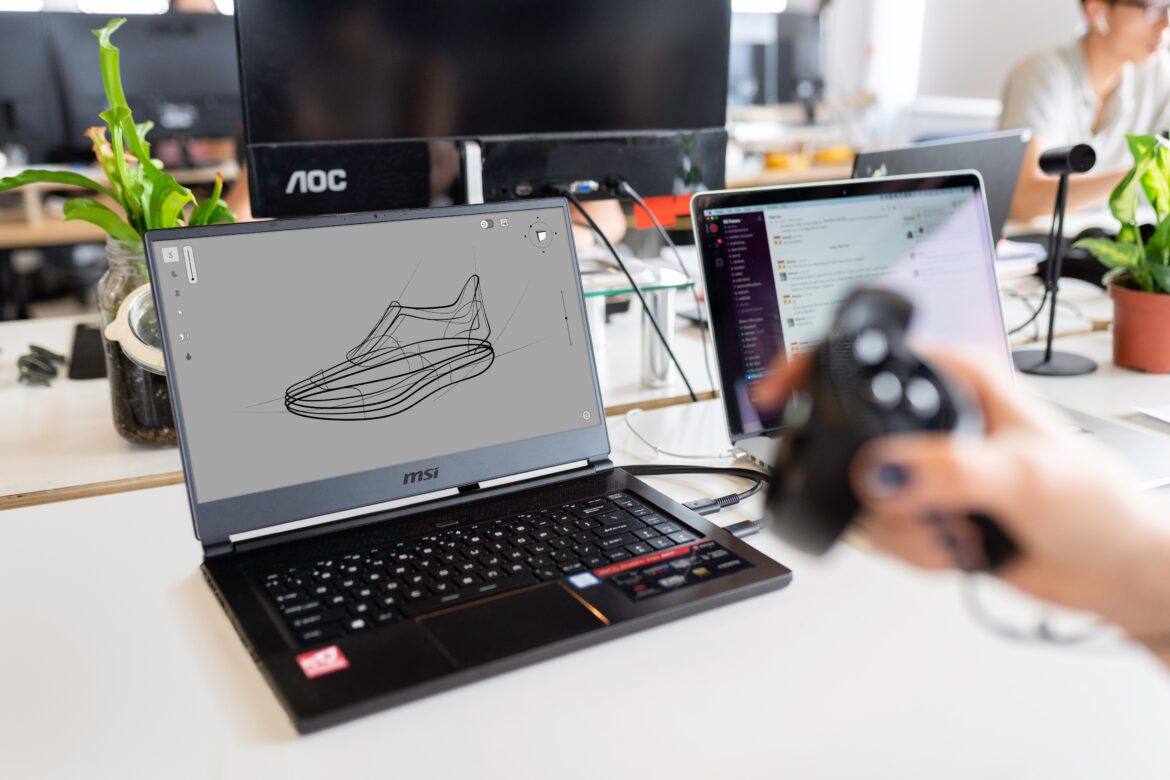
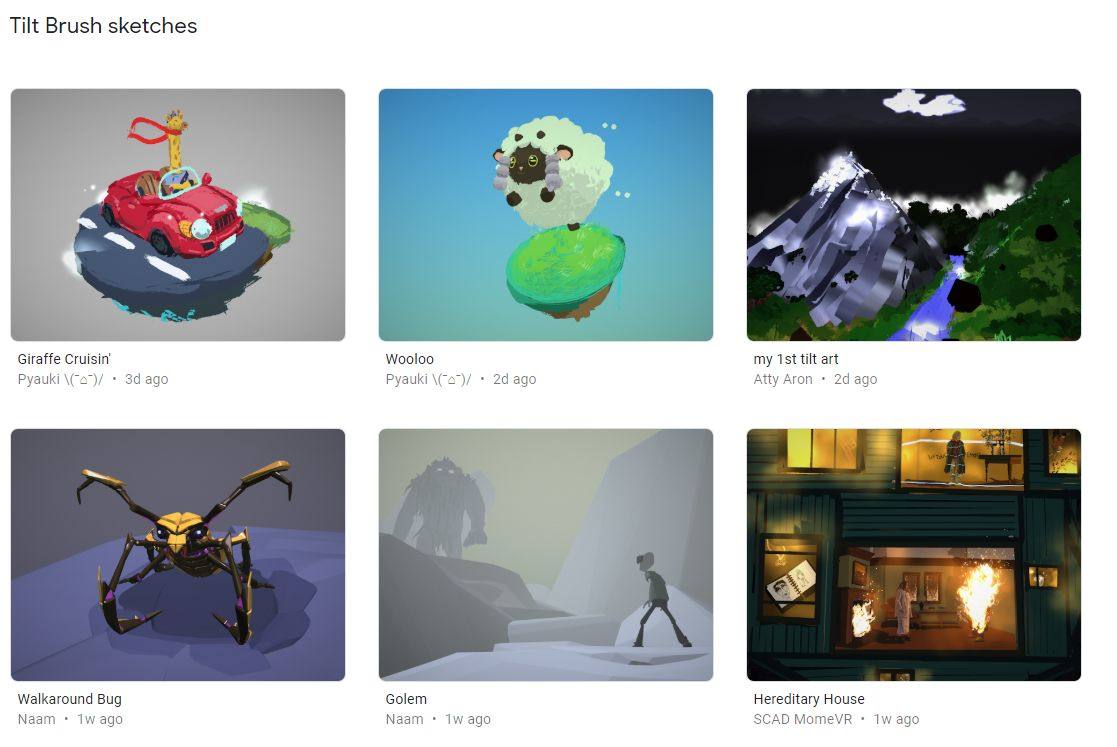

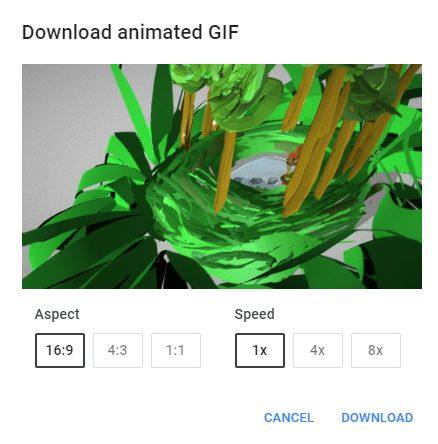
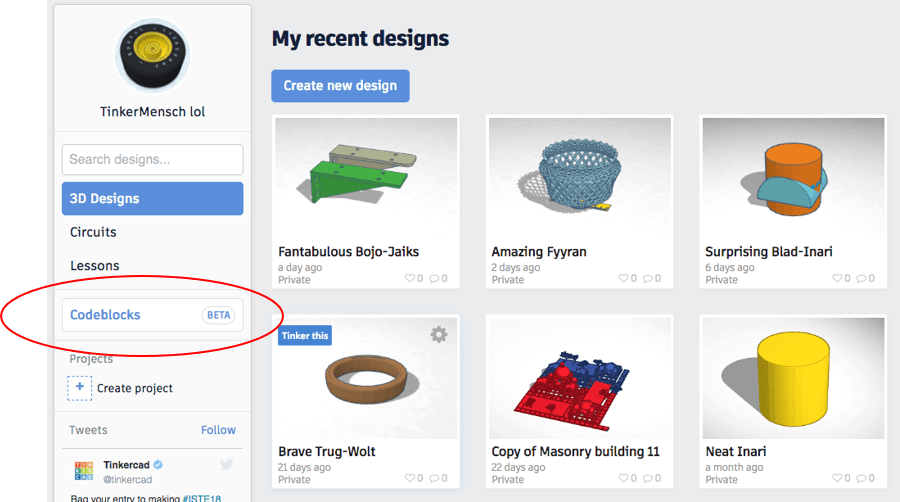

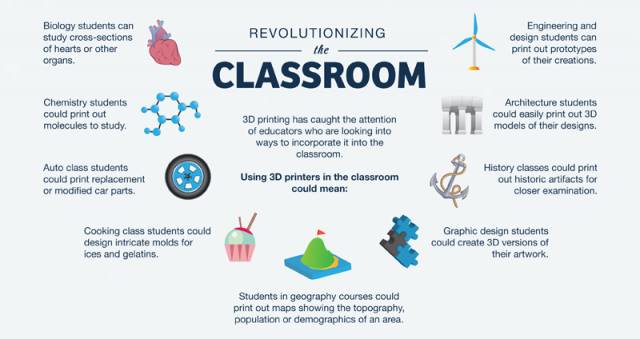

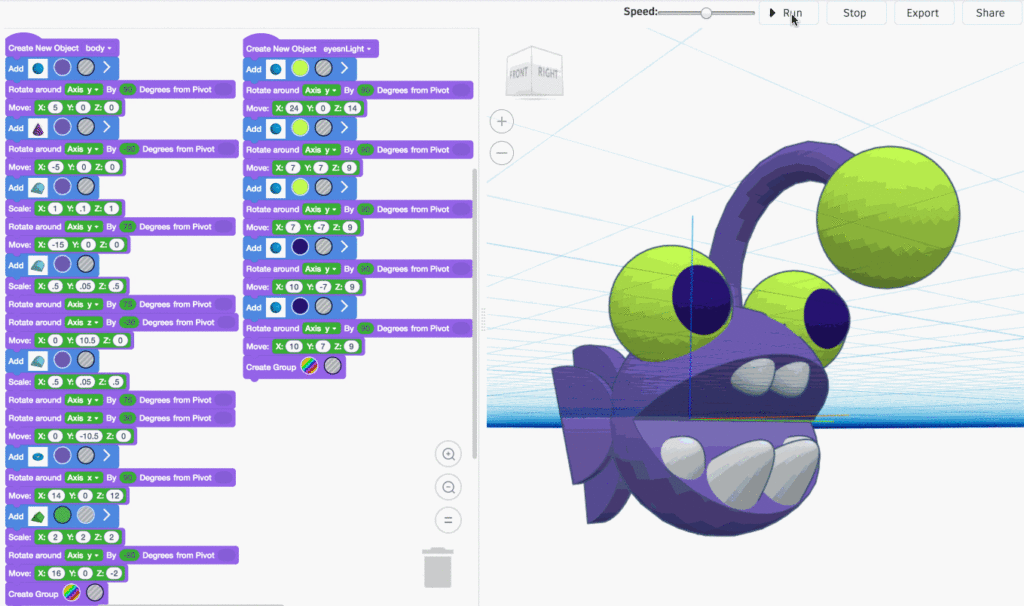
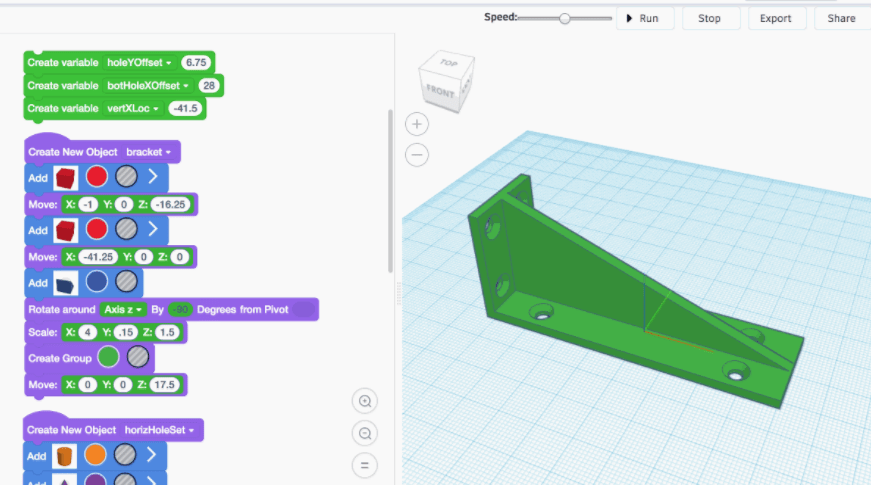
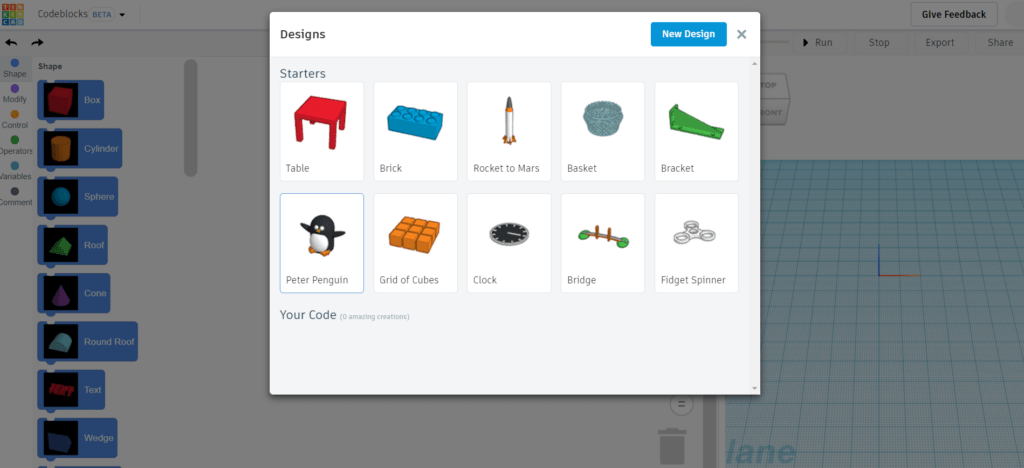
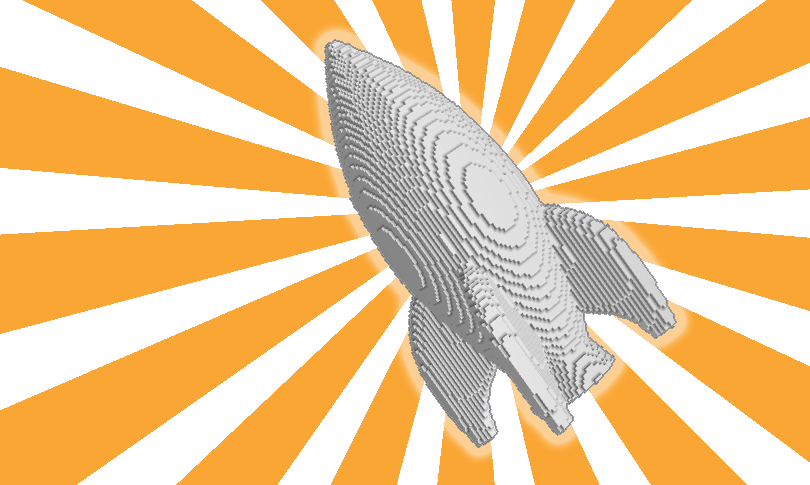
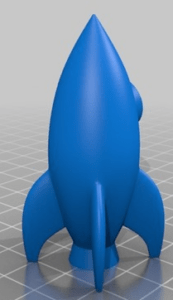
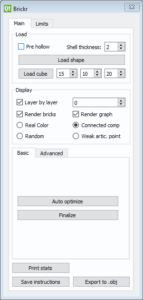 Though you may feel like you are having to jump through a few hoops for your final product,
Though you may feel like you are having to jump through a few hoops for your final product, 